Barnbougle dunes - 18 POINTS
The 7th at Barnbougle Dunes is one of the very best par 3s anywhere in the world
The story of how Barnbougle Dunes was founded has been oft told. In a nutshell, Mike Keiser saw the opportunity for a Bandon Dunes-style resort to be created on this incredible dune land on the northern coast of Tasmania. After some persuasion, the farmer who owned the land engaged Tom Doak and Mike Clayton to create a links course on this sandy base and Barnbougle Dunes emerged.
They have created something pretty remarkable. I have played most of the great links courses in the United Kingdom and Barnbougle Dunes would hold its own with virtually any of them, and surpass most. It is a phenomenal achievement and one that golfers from around the world should flock to.
This is a celebration of all the great things about links golf - all turned up a notch. The ground really does run like a links course - something we hadn’t seen at Ocean Dunes, Cape Wickham or the adjoining Lost Farm. Here the ball would run for miles if you caught the right slopes. However, the ground is more undulating than pretty much any links course I can think of back in the UK. If you get your line wrong then you likely to find a steep up-slope or side-slope funnelling your ball away from the intended target as it hits the ground.
I don’t really love taking a caddie when I play - I find that there is enough pressure anyway - but this is one course where we really benefited from a caddie’s advice in our first round.
The course is a par 71 and we played from the middle tees (about 6,200 yards) and that suited us just fine. They recommend these terracotta tees for 5-17 handicappers and that suited our range ( we were 4, 6 and 14). I think we pretty much all used every club in the bag at sometime, which goes to show just what a good test it is, and how much you have to think.
The course opens up with a relatively benign, dogleg right, par 5 which gives you a pretty good idea of the width of the fairways to expect - generous but not Lost Farm-esque. Unlike Lost Farm, if you missed the fairway here you had a fighting chance of finding the ball, which I definitely preferred.
Laying back from the bunker at the 4th still leaves a testing shot in
The course really starts to show you what it’s got at the 4th which is a par 4 requiring a very good drive of 230 yards carry from our tees, over a cavernous bunker, to get up close to the green. Otherwise, depending on the wind, it’s a mid iron and wedge into the green. However, you still have to hit over said cavernous bunker to get there and I fell foul of it on one of the rounds. Getting out is not easy!
Doak and Clayton have introduced several of these ‘½ holes’ which are fun to play, and make you think a lot.
There are so many great holes on this course, but I will pull out a few real highlights. Firstly the 7th is a gorgeous, but wicked par 3 - known as the Tasmanian Devil. It only played around 110 yards but with bunkers on the left, a very steep drop at the back and a green that slopes away to the tee, this is a hole to be reckoned with. Both times I played short to a back pin - one time making a par, the other putting off the back into oblivion. It is a confounding hole which only makes you want to go straight back to the tee and play it again and again. Mastery, I suspect, is never achieved.
The 7th is preceded by a great par 4 but the par 4th 8th surpasses even that. This is the stroke index 1 hole and it is a long one for sure. Measuring 460 yards it requires an accurate drive to the fairway, with trouble left, right and in the middle, and you then have a decision to make. To take the green on required a long iron, or something bigger, up a steep bank which would punish you if you failed to clear it. Quite a challenge.
The ninth brings you back to the clubhouse before setting of on the back 9, all played on the more open north side of the property. These holes really reminded me of Scottish links golf - there were touches of Western Gailes, Turnberry and Gullane. These holes are more exposed as they tend to go from dune-top to dune-top rather than in the valley, and here there are some of the most dramatic greens on the course.
The 12th is a lovely little par 4. And while the hole looks tight from the tee we managed to make pars with hooks and slices - but your short game will need to be on point! That will also help you at the 13th - a par 3 with a wacky 3-tiered green.
You turn into the prevailing wind for the final three holes with 17 and 18 giving a real test, two par 4s of 400+ yards. As everywhere on this course. if you use the contours to find the chutes on the fairways and backstops on the green you really can take advantage of the help Doak and Clayton have given you.
As you can tell, I adored Barnbougle Dunes. It helped that I played well (a career best +1 on the back 9!) but I think the surroundings and course inspired me. This course is simply a joy to play - an exhilarating experience if there’s ever been one.
I had played three other Tom Doak courses to this point - Sebonack, The Renaissance and Streamsong Blue. For me, this one beats the others by quite some margin. It is a modern masterpiece and one you will remember for years to come.
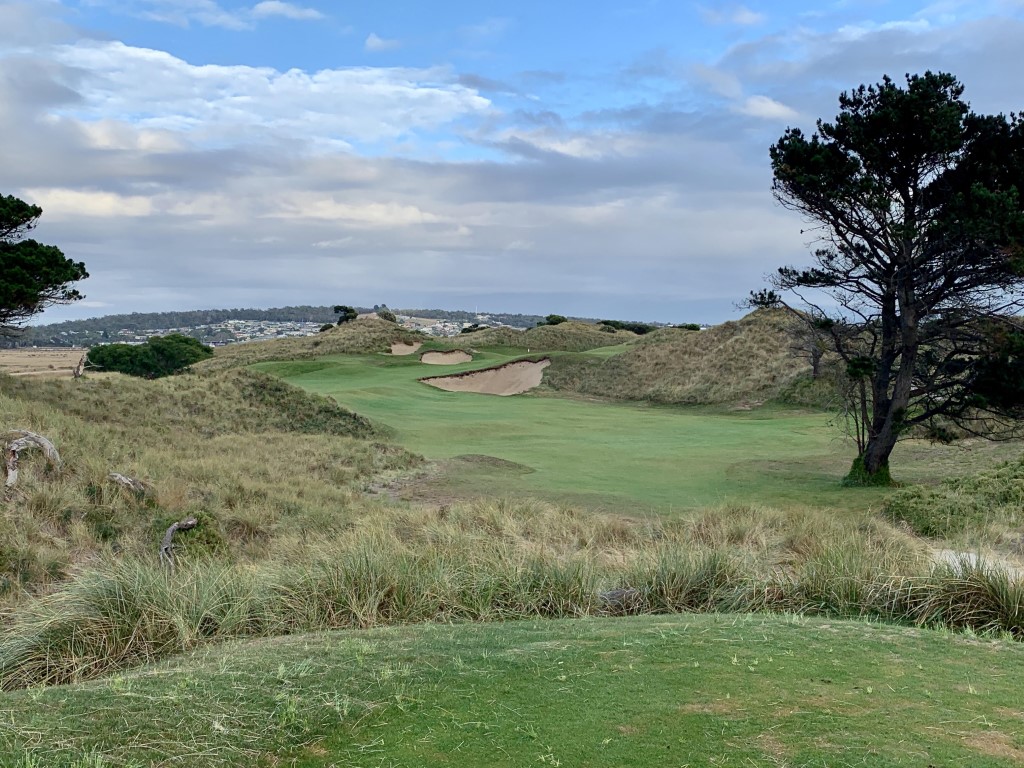
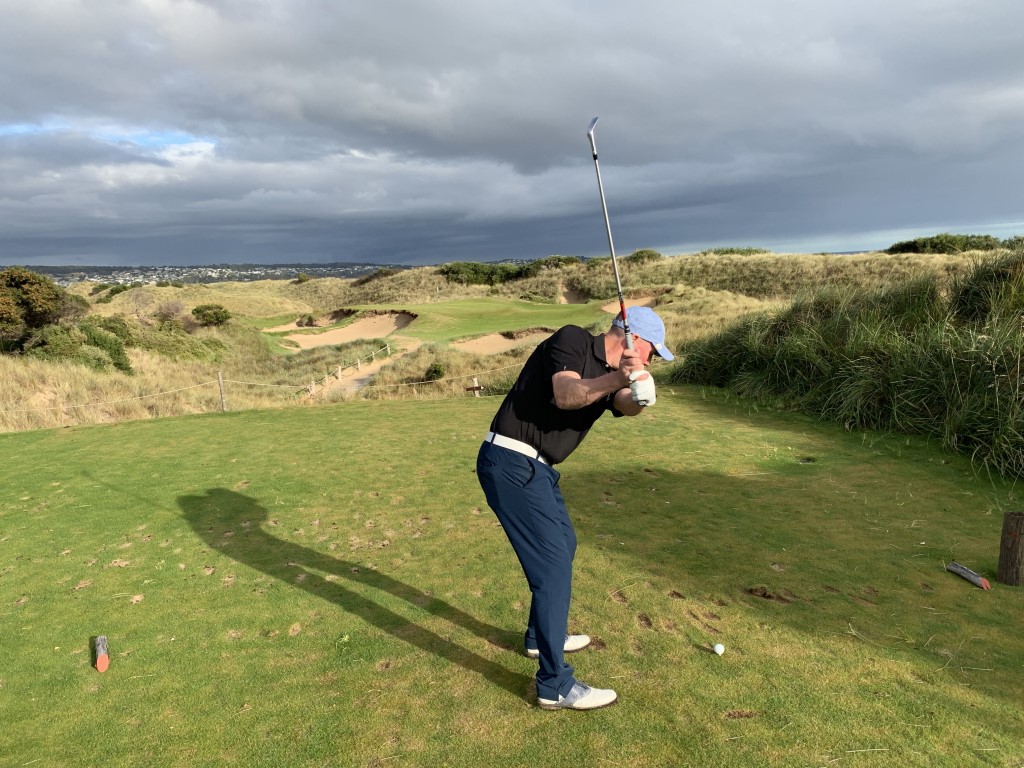
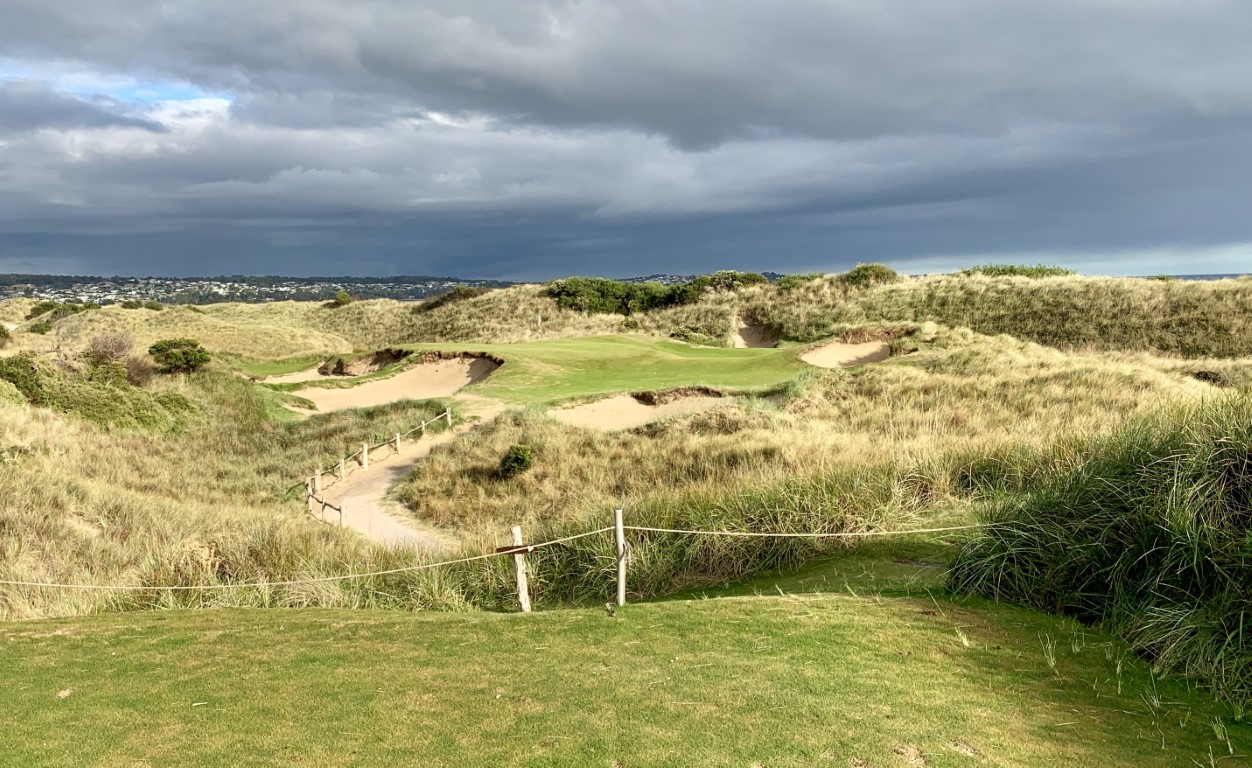
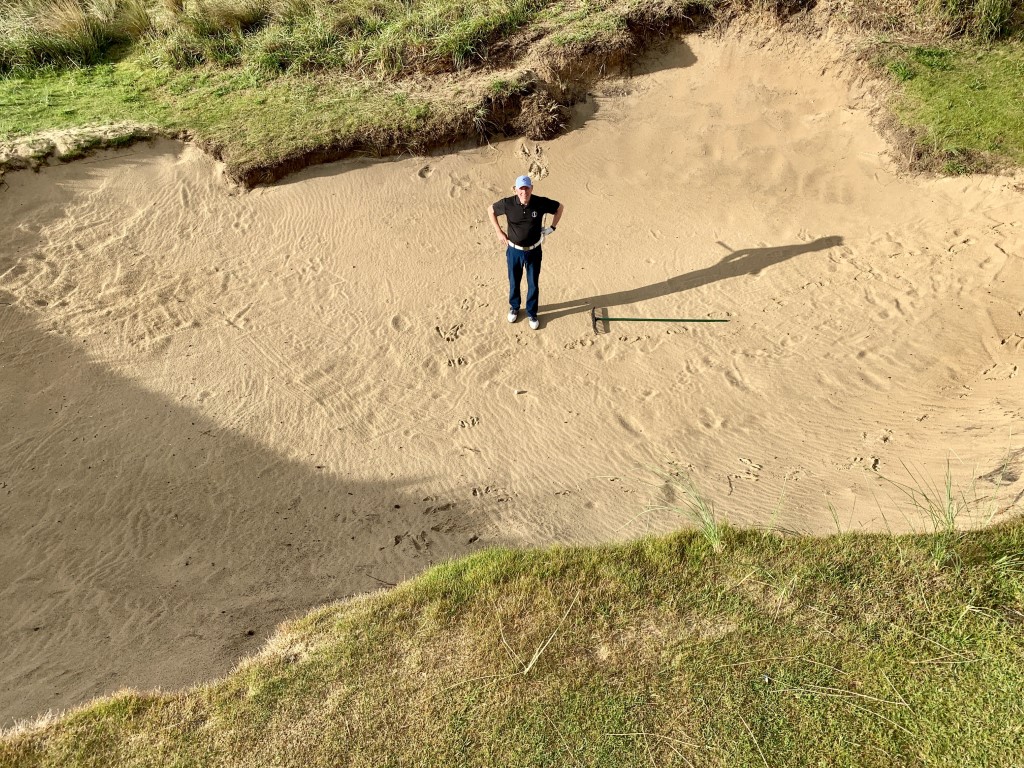
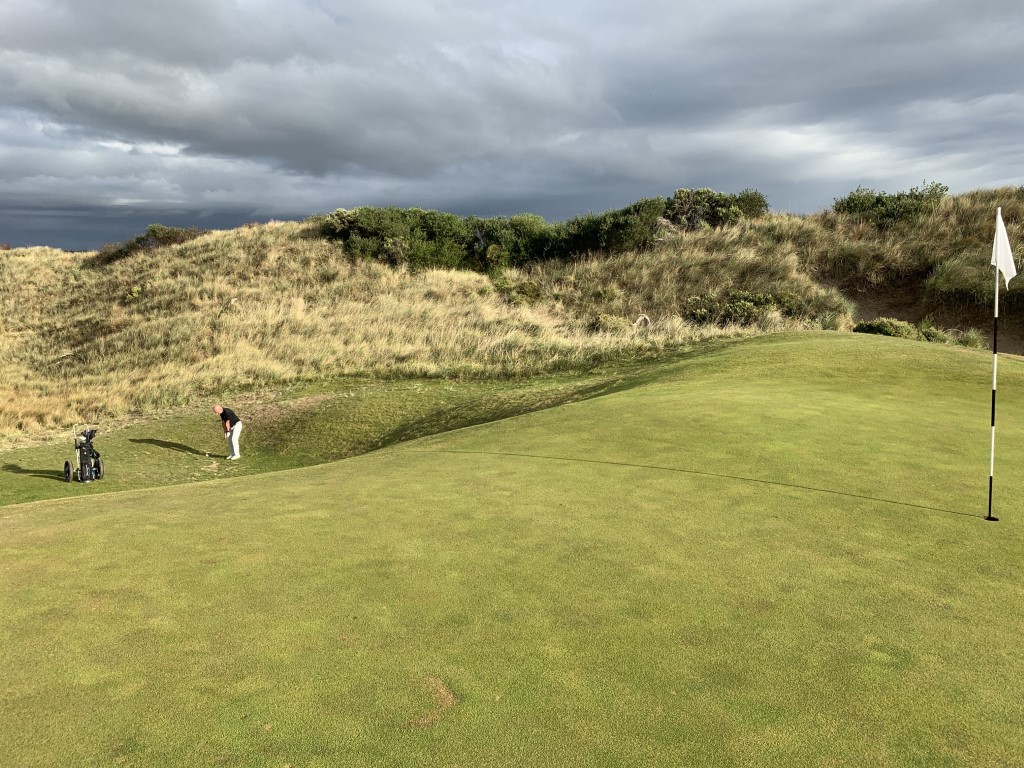


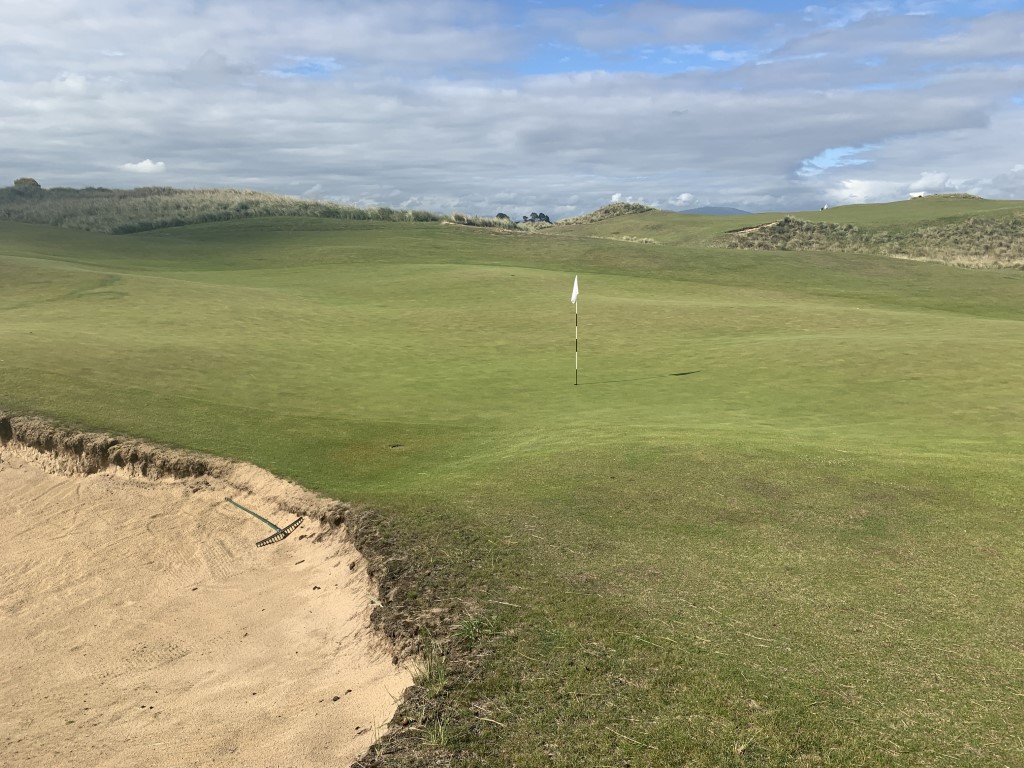
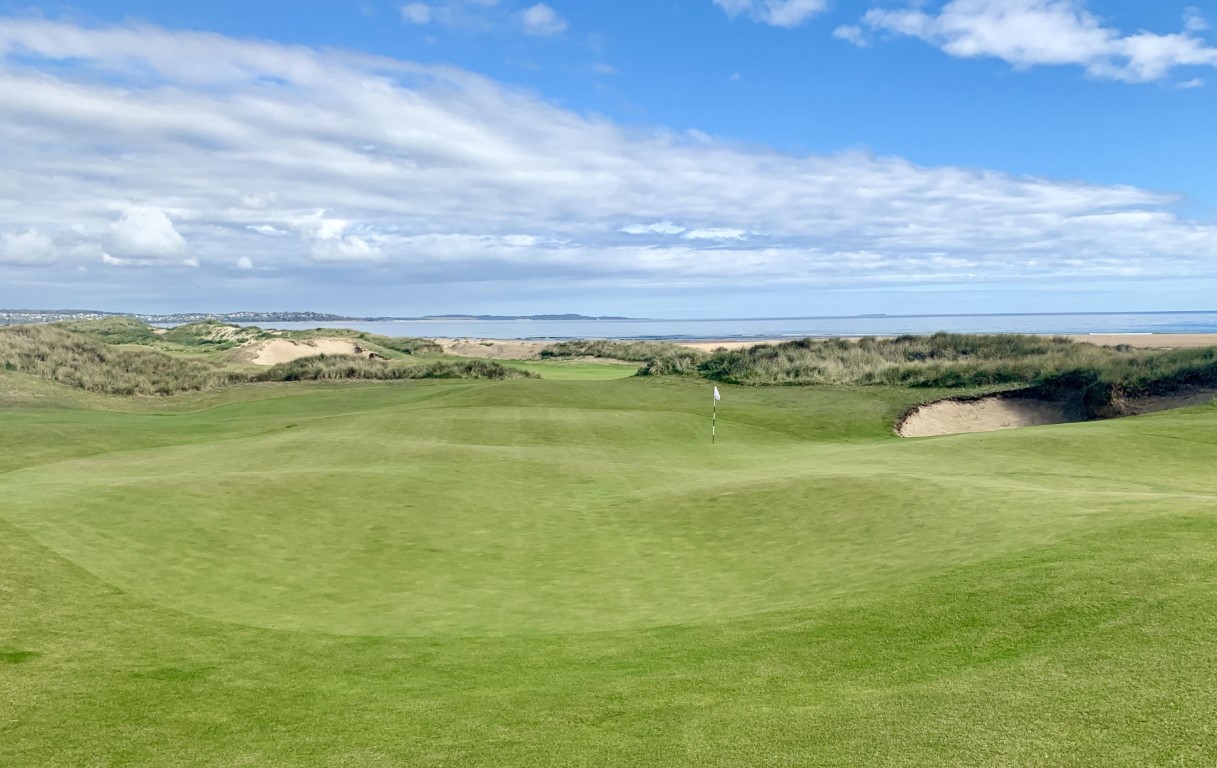
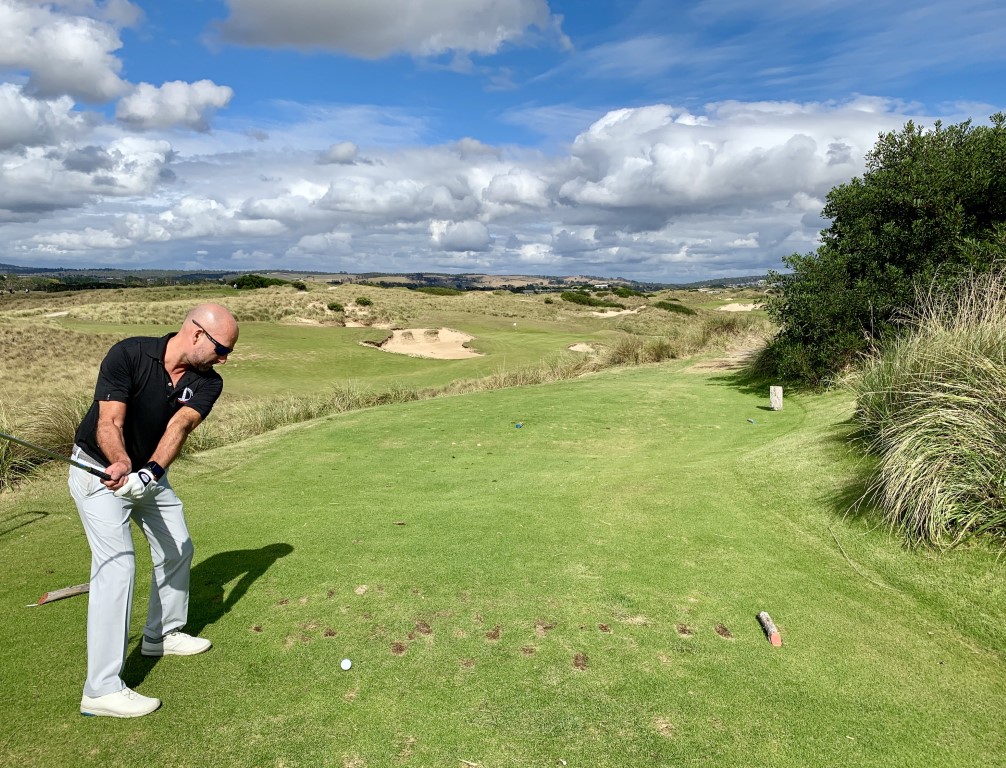
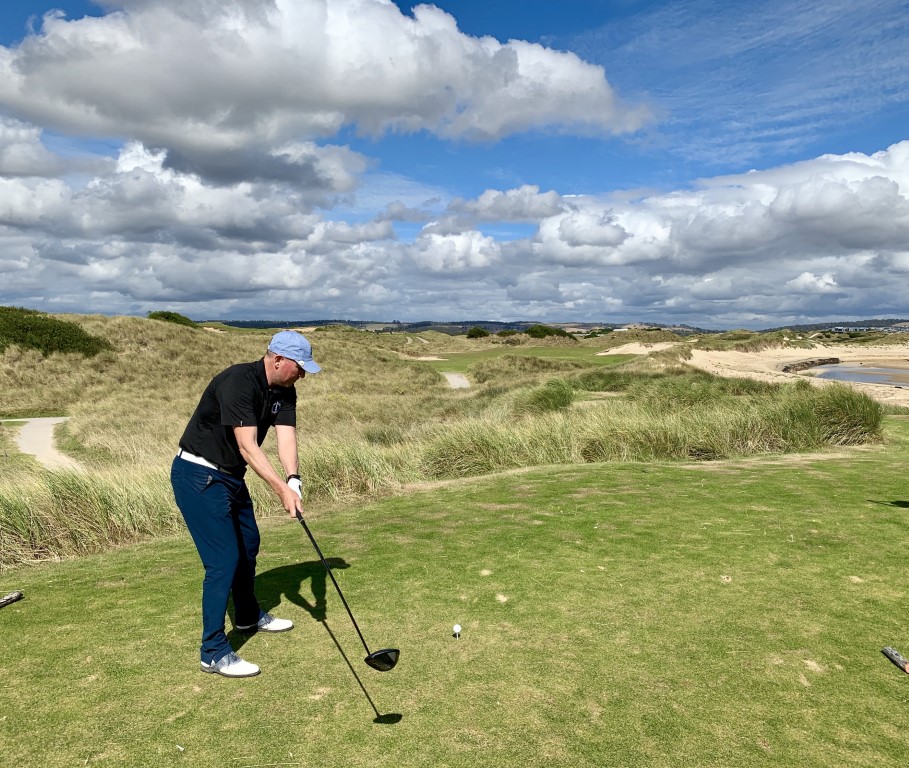
BOOKING THE COURSE
The whole resort at Barnbougle is set up for visitors and it was the easiest course to book on the whole trip. You can see on the website here what times are available and simply book them there, along with accommodation, caddies and anything else you need. The green fee is very good value at A$225 (£115) for a round and $306 for an all day play on the estate (rising to $235 and $316 in the high season) - arguably unbeatable value in world golf. It’s even cheaper if you’re an Australian resident as well, clocking in at $134 a round in low season.
Prices correct as of August 2023.
TOUR TIPS
We stayed on the grounds, although you could stay in nearby Bridport and travel in daily. The nearest airport is Launceston (about 1 ½ hours away) although we arranged a charter flight which arrives on the property itself - a 5 minute transfer from either course.
When it comes to accommodation on the property you have two options - the hotel rooms on Lost Farm or little lodges on Barnbougle Dunes. We chose Lost Farm as this is also the site of the restaurant and sports bar.
Apparently Bandon Dunes serves as the model for what they have done here. Don’t expect 5 star luxury, it is a little more rustic than that. The rooms are large and the beds comfortable but Gleneagles this is not. The food in the restaurant was fine (a table of 50 pensioners from Bridport on a night out livened things up on the table next to us) and the sports bar downstairs may look a little like a student union but serves a good beer and the staff were friendly.
The restaurant at the Barnbougle Dunes clubhouse was a little more upmarket and the bar a bit more refined.
No-one comes here for anything but the golf though, and it would be pretty dull if they did. Apart from the spa onsite there’s probably not a lot else to do. Ideally I think you would want to play each course twice as both have much to discover after the first playing.
For more details of our trip you can check out my blog posts here -
Part 1 - From Edinburgh to King Island, and something very special
Part 2 - Barnbougle - Two Modern Classics
Part 3 - Sandbelt Golf and a podcast debut
Part 4 - A day trip to the Mornington Peninsula
Part 5 - Metropolitan and Victoria
Part 6 - How to Plan a Golf Trip to Australia
Barnbougle Dunes Scorecard
CONTACT DETAILS
Barnbougle,
425 Waterhouse Rd,
Bridport,
TAS 7262,
Australia
Phone: +61 3 6356 0094
Website: https://barnbougle.com.au/






